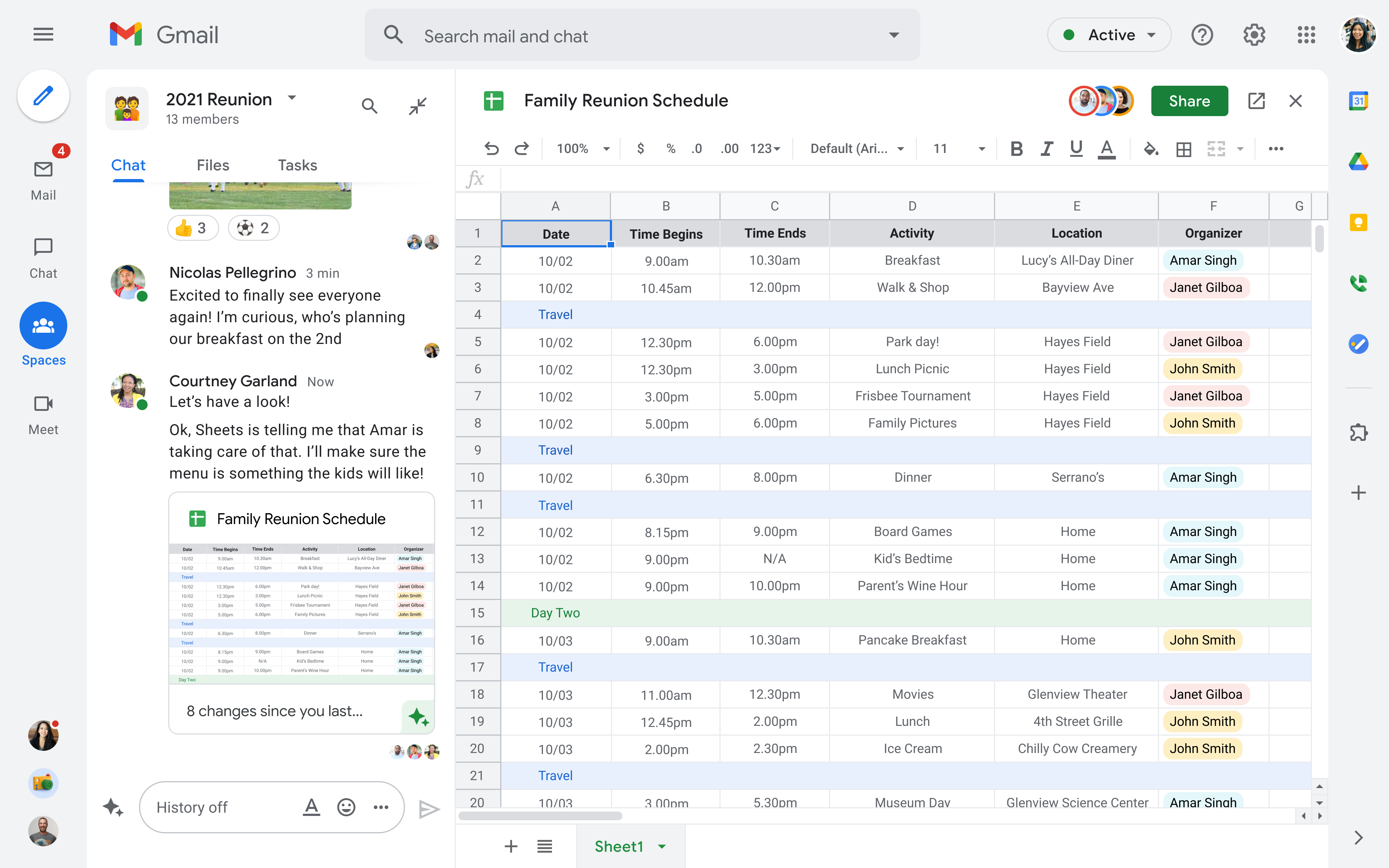Brazil is a country riven with economic contradictions. It has one of the largest and most profitable banking industries in Latin America, and is among the world’s most developed financial markets. Financial transactions that would take days to process in the United States through ACH happen instantaneously in Brazil. This sophistication, however, masks a backward state of affairs plagued by appalling customer service, exorbitant fees and lack of banking access for many.
The country’s financial system is volatile and often leaves its citizens with few or no alternatives. According to an HBS case study, “in December 2018 the interest rate in Brazil for corporate loans was 52.3%, for consumer loans it was 120.0% and for credit card indebtedness it was 272.42%.” Those rates are many multiples higher compared to figures in neighboring countries.
Brazil’s banking system is a massive market, and one ill-served by incumbents. If someone could thread the needle of product development, strategy and political horse trading required to build a bank in a country where it is nearly impossible for foreigners to own or invest in a bank, it would be one of the great startup and economic success stories of this century.
Nubank is on its way to realizing that objective. Its story is one of unmitigated success, even by the standards of our EC-1 series on high-flying companies and their hard-learned lessons. Just last week, this Brazilian credit card and banking fintech raised a $750 million round led by Berkshire Hathaway at a $30 billion valuation, becoming one of the most valuable startups in the world. It has 40 million users across Brazil, as well as Mexico and Colombia.
Yet, it’s a startup with a CEO and co-founder who isn’t Brazilian, didn’t speak the local language of Portuguese, hadn’t started a company before, and didn’t really know a lot about banking to begin with. This is a story of how raw execution, a “faster, faster” mentality and a fanaticism for making customer experience as enjoyable as a trip to Disney World can completely change the history of an industry — and country — forever.
Our lead writer for this EC-1 is Marcella McCarthy. McCarthy, who spent significant time in Brazil growing up and is trilingual in English, Spanish and Portuguese, has been covering the LatAm and Miami ecosystems for TechCrunch with an eye to the disruption underway in these interconnected regions. The lead editor for this package was Danny Crichton, the assistant editor was Ram Iyer, the copy editor was Richard Dal Porto, and illustrations were drawn by Nigel Sussman.
Nubank had no say in the content of this analysis and did not get advance access to it. McCarthy has no financial ties to Nubank or other conflicts of interest to disclose.
The Nubank EC-1 comprises four main articles numbering 9,200 words and a reading time of 37 minutes. Here’s what’s in the bank:
- Part 1: Origin story “How contrarian hires and a pitch deck started Nubank’s $30 billion fintech empire” (2,350 words/9 minutes) — Explores the challenges and opportunities in Brazil’s banking system and how co-founder David Velez assembled a unique team to take on some of the richest banks in the world.
- Part 2: Co-founder dynamics “One woman’s drive to make a neobank as magical as Disney” (1,900 words/8 minutes) — Profiles Nubank co-founder Cristina Junqueira and how she linked up with Velez, fundraised while pregnant and adapted her role to match the frantic pace of scaling Nubank.
- Part 3: Launching and scaling “How Nubank’s CX strategy made it one of the most loved digital banks” (2,700 words/11 minutes) — Analyzes the launch of Nubank’s now ubiquitous purple credit card, how the company scaled to serve as many people as possible, and its eventual foray into banking.
- Part 4: Market expansion and future “Which Nubank will own the financial revolution?” (2,250 words/9 minutes) — Evaluates Nubank’s expansion into Mexico and Colombia, the competitive landscape in Brazil, and the challenges that lie ahead.
We’re always iterating on the EC-1 format. If you have questions, comments or ideas, please send an email to TechCrunch Managing Editor Danny Crichton at danny@techcrunch.com.
Powered by WPeMatico











